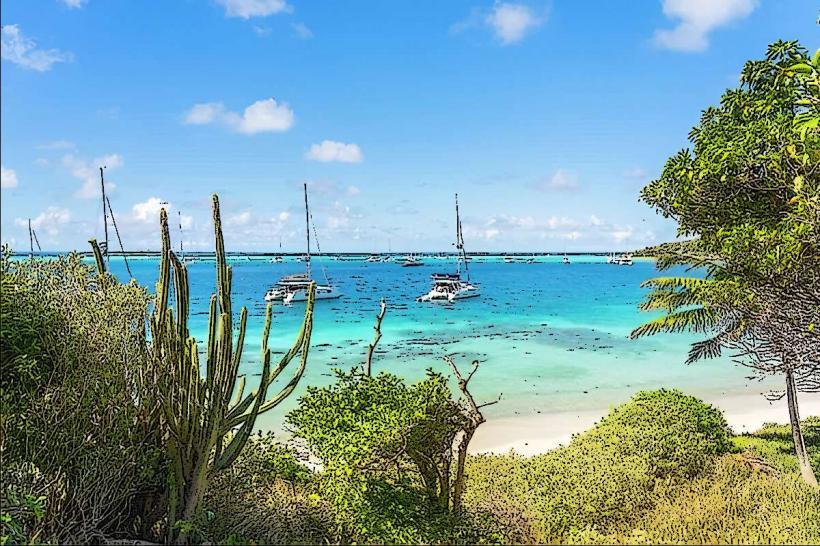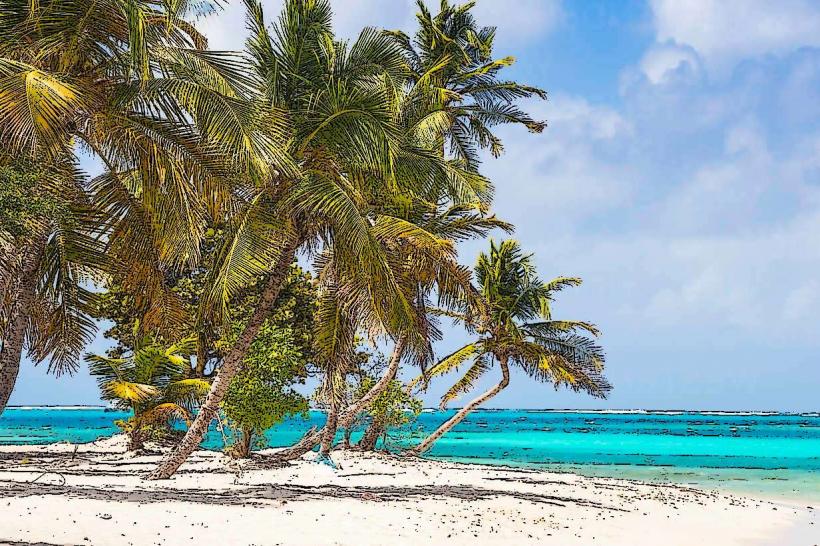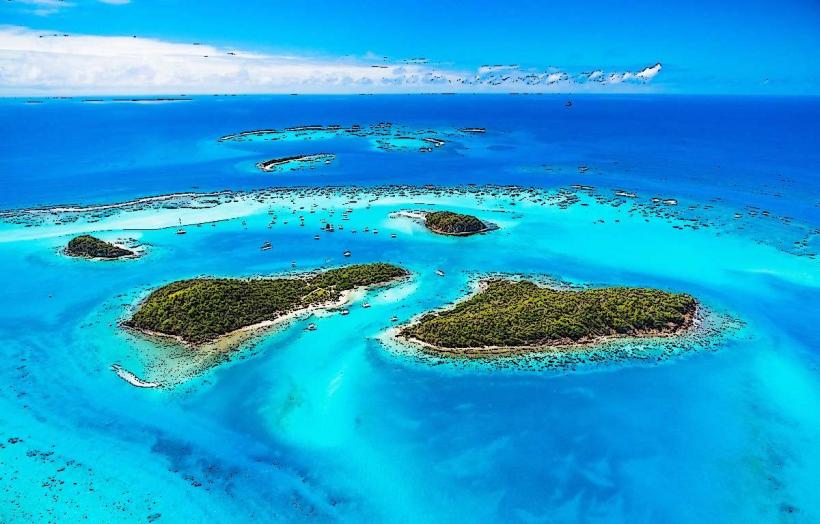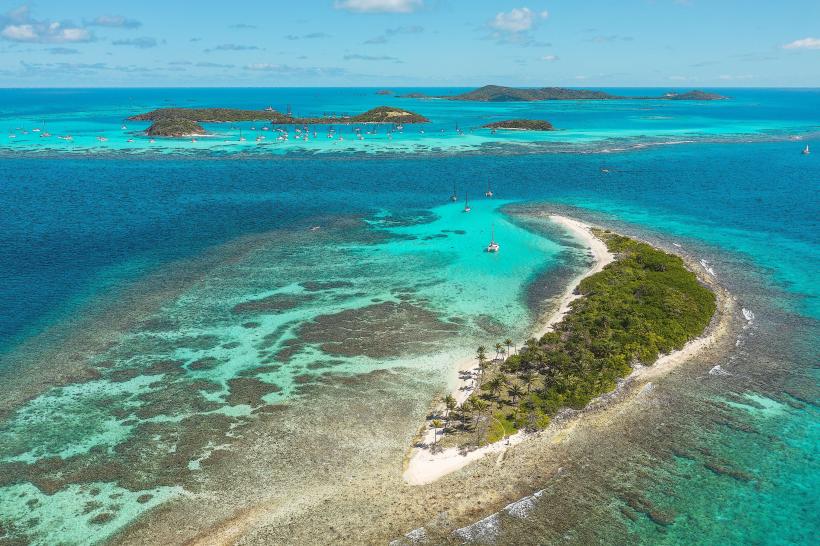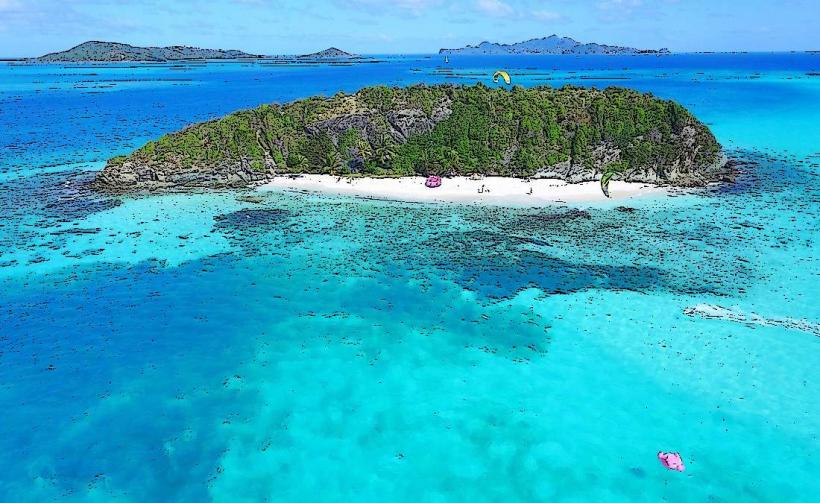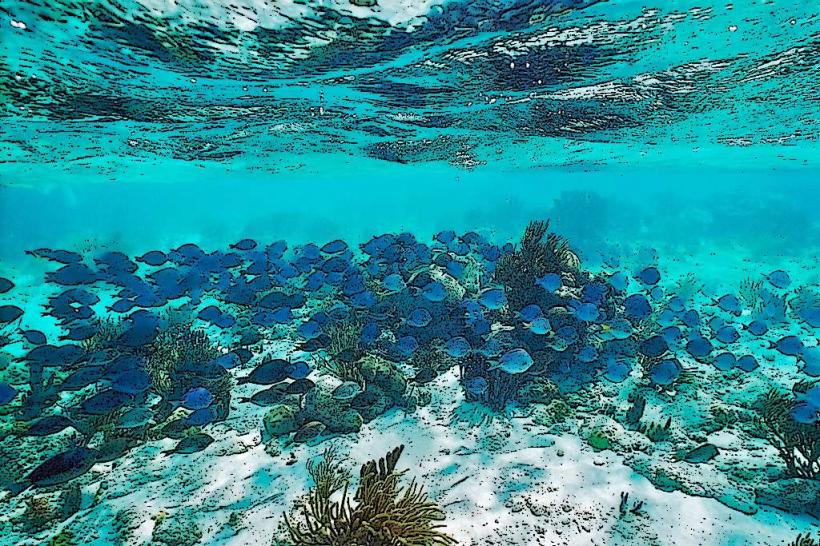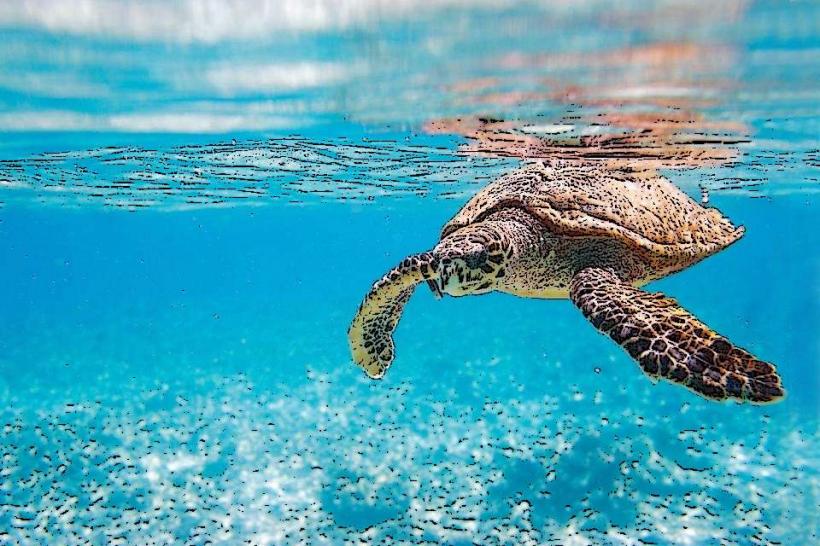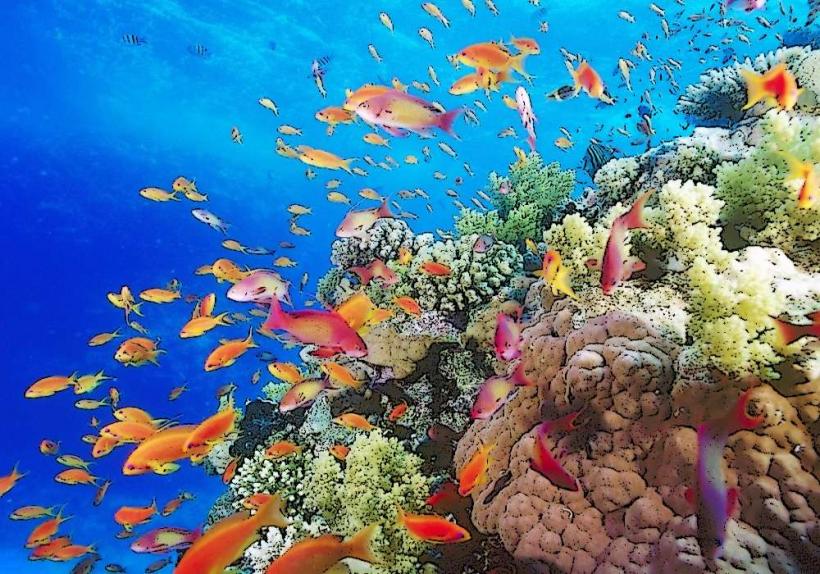Information
Landmark: Tobago Cays Marine ParkCity: Tobago Cays
Country: Saint Vincent and the Grenadines
Continent: North America
Tobago Cays Marine Park, Tobago Cays, Saint Vincent and the Grenadines, North America
Overview
In the Grenadines of Saint Vincent and the Grenadines, the Tobago Cays Marine Park spans about 50 square kilometers of vibrant reefs, tiny islands, and rich marine habitats, where parrotfish flash through clear turquoise water, and this Caribbean marine park stands out for its dazzling blue water, bursting coral gardens, and teeming schools of fish, making it both breathtaking and vital to the region’s ecology.The Tobago Cays Marine Park sits in the southern Grenadines, tucked between Canouan and Union Island, where turquoise water meets sparkling white sand, in turn five empty cays rise from the water, ringed by coral reefs, with a broad lagoon and soft, waving seagrass spreading around them.The five cays-Petit Rameau, Petit Bateau, Baradal, Jamesby, and Petit Tabac-sit within the park, which also shelters Horseshoe Reef, a sweeping curve of coral that shields them from rough seas and leaves the water clear and still like glass, as a result the Tobago Cays Marine Park, established in 1997 to protect its fragile coastal and marine habitats, bursts with life-from vibrant coral gardens where parrotfish flash electric blues, to lush seagrass meadows where green turtles graze lazily in the sunlit shallows.Mangroves fringe a few islands, sheltering young fish, while crystal lagoons ripple with rays gliding over pale sand, likewise hawksbill turtles, reef sharks, nurse sharks, barracuda, and angelfish all make appearances.Visitors dive and snorkel around Baradal and Horseshoe Reef, sail between the cays, kayak across calm lagoons, hike Petit Bateau’s trails for sweeping views, or camp under the stars on the beach, consequently birdwatchers and wildlife lovers find plenty to keep their eyes busy here.Conservation work in the park centers on limiting fishing so fish stocks can recover, shielding coral reefs from anchors and pollution, tracking turtle numbers to keep them secure from disturbance, and keeping tourism sustainable, along with visitors pay an entry fee-often collected from yachts or at the park office-that helps fund upkeep and keep the water as clear as glass.Petit Tabac holds both cultural and historical value-it’s where they shot a scene for *Pirates of the Caribbean: The Curse of the Black Pearl* (2003), with the turquoise water glittering in the background, equally important captain Jack Sparrow was once marooned here with Elizabeth Swann, in the heart of the Grenadines-a setting shaped by the Carib and Arawak peoples and later by European settlers.You can only reach the Tobago Cays by boat, whether it’s a quick tour from Union Island, Canouan, or Mayreau, a private yacht cutting across the turquoise water, or a day trip packed with snorkeling, watching turtles glide past, and a smoky beach BBQ, then part of the Tobago Cays Marine Park, it’s a dazzling stretch of clear seas, thriving wildlife, and some of the best sailing and snorkeling anywhere.Because it’s protected, future generations will still be able to wander its quiet shores and take in the sweep of blue water, all while keeping its fragile marine life risk-free.
Author: Tourist Landmarks
Date: 2025-09-13

